-
 Bitcoin
Bitcoin $108,262.4325
-1.40% -
 Ethereum
Ethereum $2,518.2882
-2.94% -
 Tether USDt
Tether USDt $1.0003
-0.01% -
 XRP
XRP $2.2262
-1.71% -
 BNB
BNB $653.9254
-1.55% -
 Solana
Solana $148.1036
-3.11% -
 USDC
USDC $1.0000
0.01% -
 TRON
TRON $0.2829
-1.45% -
 Dogecoin
Dogecoin $0.1639
-4.82% -
 Cardano
Cardano $0.5742
-4.43% -
 Hyperliquid
Hyperliquid $38.9506
-3.95% -
 Sui
Sui $2.9040
-4.34% -
 Bitcoin Cash
Bitcoin Cash $484.8307
-2.62% -
 Chainlink
Chainlink $13.1971
-3.73% -
 UNUS SED LEO
UNUS SED LEO $9.0822
0.51% -
 Avalanche
Avalanche $17.8613
-4.01% -
 Stellar
Stellar $0.2385
-2.26% -
 Toncoin
Toncoin $2.7570
-3.88% -
 Shiba Inu
Shiba Inu $0.0...01145
-3.99% -
 Litecoin
Litecoin $86.9999
-2.43% -
 Hedera
Hedera $0.1538
-3.90% -
 Monero
Monero $313.7554
-2.03% -
 Polkadot
Polkadot $3.3681
-5.08% -
 Dai
Dai $1.0000
0.00% -
 Ethena USDe
Ethena USDe $1.0001
-0.01% -
 Bitget Token
Bitget Token $4.4401
-2.97% -
 Uniswap
Uniswap $6.9644
-8.41% -
 Pepe
Pepe $0.0...09666
-4.79% -
 Aave
Aave $266.5686
-5.04% -
 Pi
Pi $0.4713
-4.95%
Bitfinex contract beginner tutorial
To begin contract trading on the Bitfinex exchange, users must first create an account and secure it using two-factor authentication (2FA).
Nov 17, 2024 at 07:42 am
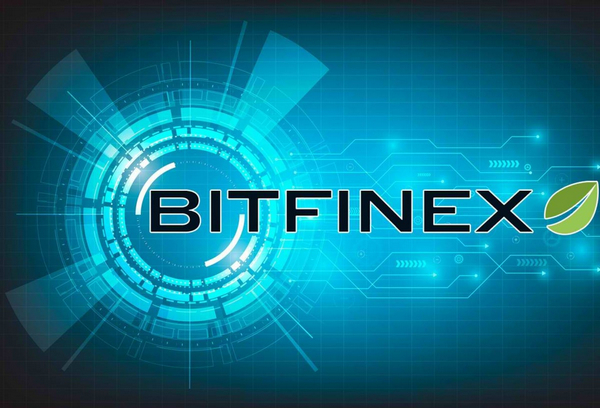
Bitfinex Contract Beginner Tutorial: An In-Depth Guide to Getting Started
Introduction
Bitfinex is one of the leading cryptocurrency exchanges globally, known for its advanced trading features, including perpetual contracts. Perpetual contracts are perpetual futures contracts, allowing traders to bet on the future price of an underlying asset, in this case, cryptocurrencies.
This comprehensive tutorial will guide beginners through the essentials of Bitfinex contract trading, covering setup, funding, order types, and risk management strategies.
Step 1: Creating a Bitfinex Account
- Visit the Bitfinex website and click "Sign Up."
- Provide your email address, create a password, and agree to the terms and conditions.
- Verify your email address by clicking on the link sent to your inbox.
Step 2: Securing Your Account
- Enable two-factor authentication (2FA) to enhance the security of your account.
- 2FA provides an extra layer of protection by requiring a code from your mobile device to log in or execute sensitive transactions.
- Go to "Security" in your Bitfinex settings, configure 2FA, and store your backup codes securely.
Step 3: Funding Your Account
- To trade contracts on Bitfinex, you need to fund your account with cryptocurrencies.
- There are various deposit options, including wire transfers and cryptocurrency deposits.
- Select the preferred deposit method, generate a deposit address, and transfer funds to the provided address.
Step 4: Understanding Contract Markets
- Bitfinex offers perpetual contracts on various cryptocurrencies, including Bitcoin (BTC), Ethereum (ETH), and others.
- Each contract has its unique symbol, such as BTCUSD for the Bitcoin perpetual contract.
- Check the "Contracts" tab to explore the available contract markets and their specifications.
Step 5: Placing an Order
- To open a contract position, you need to place an order.
- Select the contract you wish to trade, such as BTCUSD, and navigate to its trading interface.
- Enter the contract size (in contract units) and specify whether you want to buy (long) or sell (short) the contract.
- Click the "Buy/Sell" button to place the order.
Step 6: Order Types
Bitfinex provides several order types to suit different trading strategies:
- Limit Order: Execute when the market price reaches a specified limit price.
- Market Order: Execute immediately at the current market price.
- Stop Order: Trigger a limit order when the market price reaches a specified stop price.
- Trailing Stop Order: Maintains a specified distance between the market price and the stop price.
Step 7: Managing Risk
Contract trading involves inherent risks, so it's crucial to implement risk management strategies:
- Leverage: Contracts are typically traded on margin, which increases potential profits but also amplifies losses. Use leverage judiciously to avoid excessive exposure.
- Stop-Loss Orders: Place stop-loss orders to automatically close positions when the price moves against you, limiting potential losses.
- Take-Profit Orders: Place take-profit orders to cash out profits when the price moves in your favor.
- Position Monitoring: Monitor your positions regularly to adjust leverage or take other necessary actions.
Step 8: Using Funding Rates
Perpetual contracts introduce funding rates to ensure price convergence with the underlying asset.
- Funding rates can be positive or negative. Positive rates mean long positions pay short positions, while negative rates imply short positions pay long positions.
- Understanding funding rates is essential for effective contract trading as they can impact trading profitability.
Disclaimer:info@kdj.com
The information provided is not trading advice. kdj.com does not assume any responsibility for any investments made based on the information provided in this article. Cryptocurrencies are highly volatile and it is highly recommended that you invest with caution after thorough research!
If you believe that the content used on this website infringes your copyright, please contact us immediately (info@kdj.com) and we will delete it promptly.
- Bitcoin's Pattern Break: Are HODLers the Key to the Next Surge?
- 2025-07-04 18:50:12
- Bitcoin Price, Trump's Bill, and the $150K Dream: A NYC Take
- 2025-07-04 19:50:12
- Ethereum, LILPEPE, and the July Bounce: Will Pepe Steal ETH's Thunder?
- 2025-07-04 19:10:12
- Binance Institutional Loans: Unlocking 4x Leverage and Zero Interest for Whales
- 2025-07-04 19:15:12
- Bitcoin Bull Run: Analysts Eye Peak in Late 2025?
- 2025-07-04 19:20:13
- Pepe Indicators, Bullish Forecast: Can the Meme Coin Rally?
- 2025-07-04 19:25:12
Related knowledge
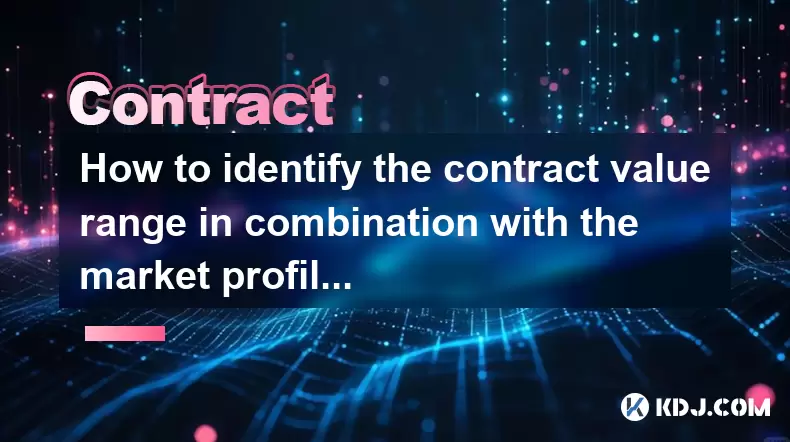
How to identify the contract value range in combination with the market profile?
Jul 02,2025 at 10:56pm
Understanding the Market ProfileTo effectively identify the contract value range in combination with the market profile, it's essential to first understand what each concept entails. The market profile is a framework that helps traders visualize how price and time interact across a given period, typically a trading day or session. It provides insights i...
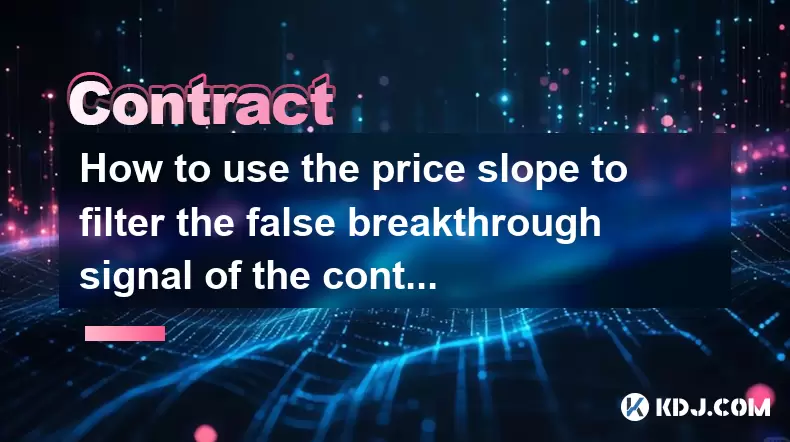
How to use the price slope to filter the false breakthrough signal of the contract?
Jun 20,2025 at 06:56pm
Understanding the Concept of Price Slope in Contract TradingIn contract trading, especially within cryptocurrency derivatives markets, price slope refers to the rate at which the price changes over a specific time period. It helps traders assess the strength and sustainability of a trend. A steep slope may indicate strong momentum, while a shallow slope...
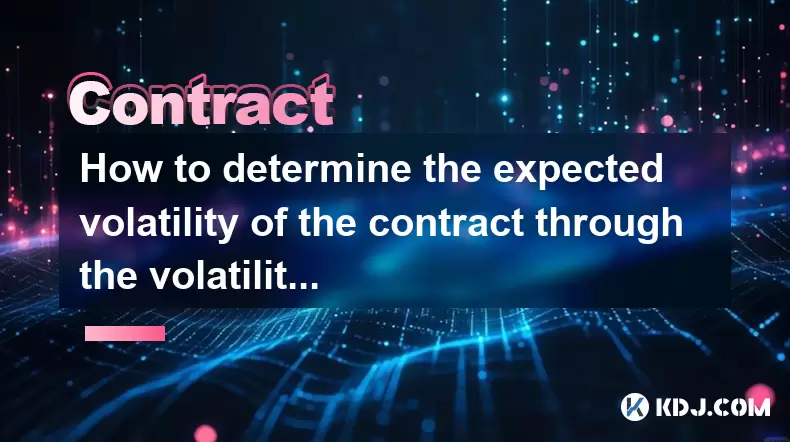
How to determine the expected volatility of the contract through the volatility cone?
Jun 19,2025 at 12:28pm
Understanding the Basics of Volatility in Cryptocurrency ContractsIn the realm of cryptocurrency trading, volatility is a key metric that traders use to assess potential risk and reward. When dealing with futures contracts, understanding how volatile an asset might become over time is crucial for position sizing, risk management, and strategy developmen...
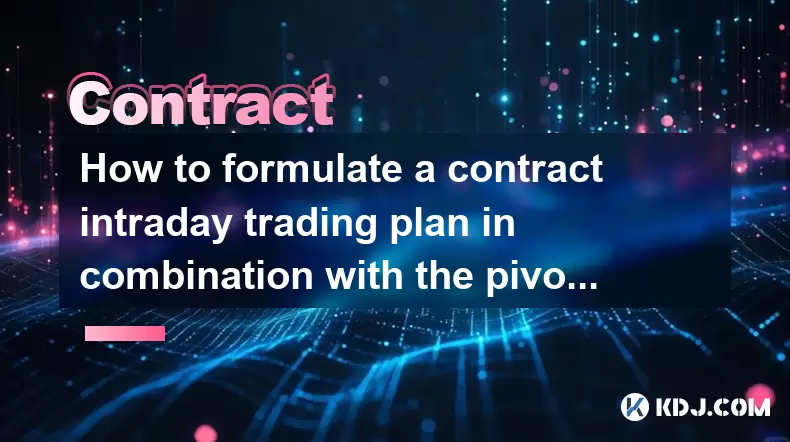
How to formulate a contract intraday trading plan in combination with the pivot point system?
Jun 21,2025 at 03:42pm
Understanding the Basics of Pivot Points in Cryptocurrency TradingPivot points are technical analysis tools used by traders to identify potential support and resistance levels. These levels are calculated using the previous day's high, low, and closing prices. In the context of cryptocurrency trading, where markets operate 24/7, pivot points help trader...
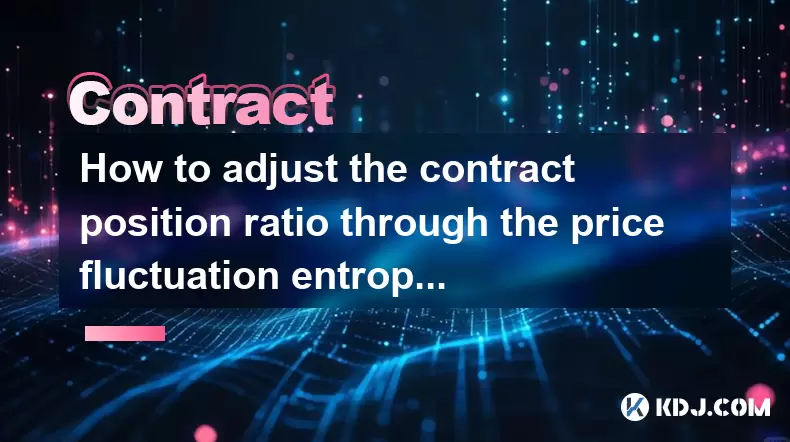
How to adjust the contract position ratio through the price fluctuation entropy?
Jun 22,2025 at 11:42am
Understanding Price Fluctuation Entropy in Cryptocurrency ContractsIn the world of cryptocurrency futures trading, price fluctuation entropy is a relatively new concept used to measure market volatility and uncertainty. It derives from information theory, where entropy refers to the degree of randomness or unpredictability in a system. In crypto contrac...
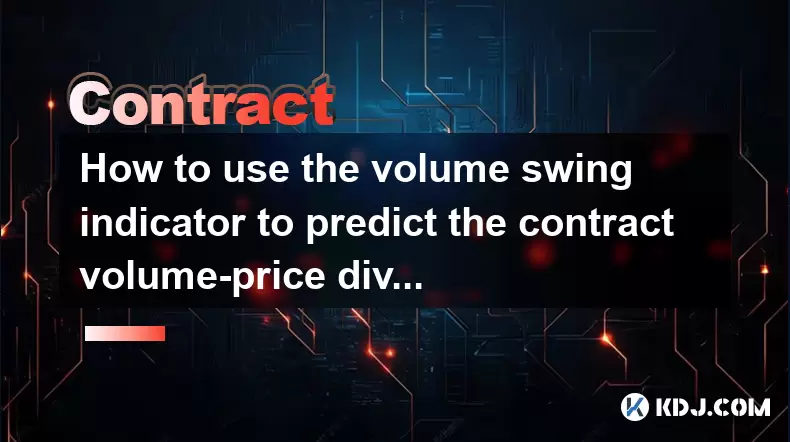
How to use the volume swing indicator to predict the contract volume-price divergence?
Jun 18,2025 at 11:42pm
Understanding the Volume Swing IndicatorThe volume swing indicator is a technical analysis tool used primarily in cryptocurrency trading to evaluate changes in volume over time. Unlike price-based indicators, this metric focuses solely on trading volume, which can provide early signals about potential market reversals or continuations. The key idea behi...

How to identify the contract value range in combination with the market profile?
Jul 02,2025 at 10:56pm
Understanding the Market ProfileTo effectively identify the contract value range in combination with the market profile, it's essential to first understand what each concept entails. The market profile is a framework that helps traders visualize how price and time interact across a given period, typically a trading day or session. It provides insights i...

How to use the price slope to filter the false breakthrough signal of the contract?
Jun 20,2025 at 06:56pm
Understanding the Concept of Price Slope in Contract TradingIn contract trading, especially within cryptocurrency derivatives markets, price slope refers to the rate at which the price changes over a specific time period. It helps traders assess the strength and sustainability of a trend. A steep slope may indicate strong momentum, while a shallow slope...

How to determine the expected volatility of the contract through the volatility cone?
Jun 19,2025 at 12:28pm
Understanding the Basics of Volatility in Cryptocurrency ContractsIn the realm of cryptocurrency trading, volatility is a key metric that traders use to assess potential risk and reward. When dealing with futures contracts, understanding how volatile an asset might become over time is crucial for position sizing, risk management, and strategy developmen...

How to formulate a contract intraday trading plan in combination with the pivot point system?
Jun 21,2025 at 03:42pm
Understanding the Basics of Pivot Points in Cryptocurrency TradingPivot points are technical analysis tools used by traders to identify potential support and resistance levels. These levels are calculated using the previous day's high, low, and closing prices. In the context of cryptocurrency trading, where markets operate 24/7, pivot points help trader...

How to adjust the contract position ratio through the price fluctuation entropy?
Jun 22,2025 at 11:42am
Understanding Price Fluctuation Entropy in Cryptocurrency ContractsIn the world of cryptocurrency futures trading, price fluctuation entropy is a relatively new concept used to measure market volatility and uncertainty. It derives from information theory, where entropy refers to the degree of randomness or unpredictability in a system. In crypto contrac...

How to use the volume swing indicator to predict the contract volume-price divergence?
Jun 18,2025 at 11:42pm
Understanding the Volume Swing IndicatorThe volume swing indicator is a technical analysis tool used primarily in cryptocurrency trading to evaluate changes in volume over time. Unlike price-based indicators, this metric focuses solely on trading volume, which can provide early signals about potential market reversals or continuations. The key idea behi...
See all articles

























































































